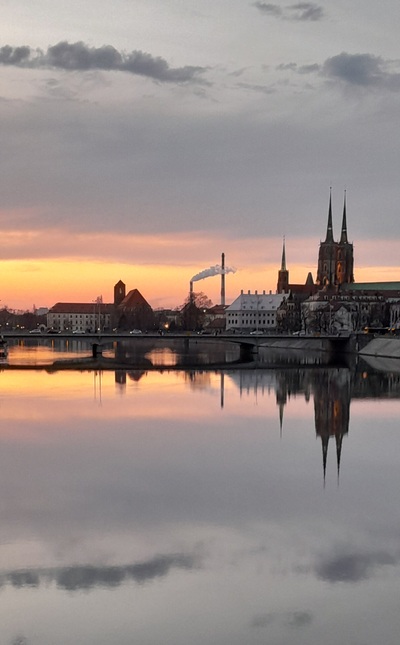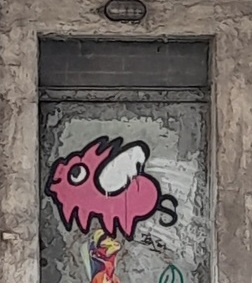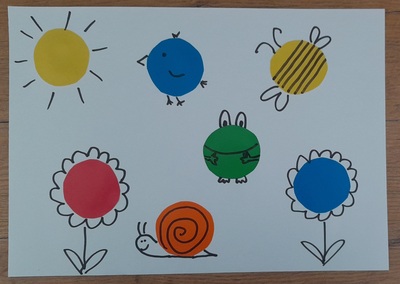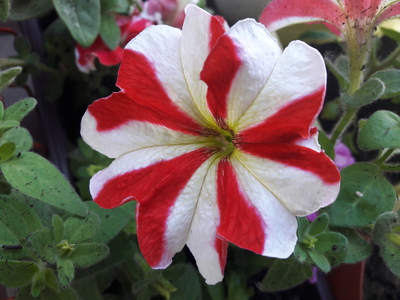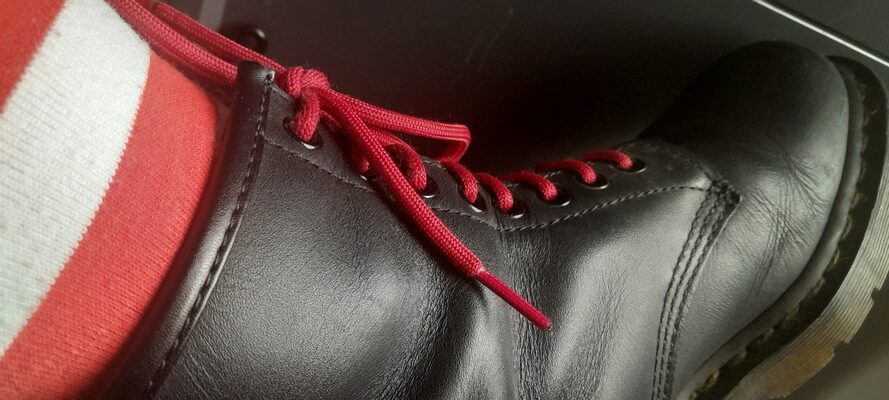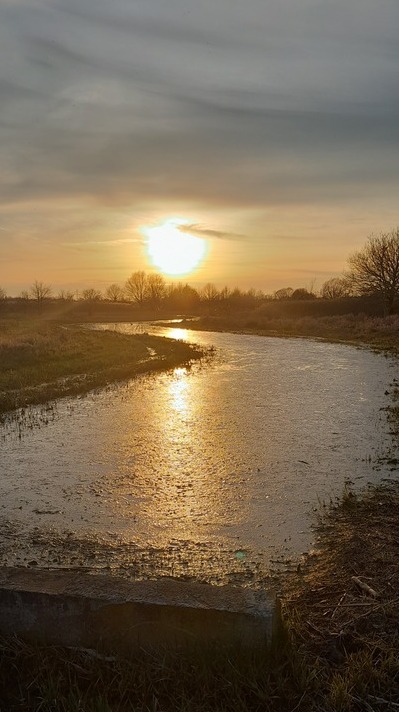
The artist
This is an unusual situation for me and for my course designer experience. This time the artist is not one person but a whole bunch and they are only connected by the theme of their paintings and this is water.
In class, I introduced a whole set of all the water words, in photograhps and in paintings, such as Turner, Hokusai, Monet and Levitan. We mimed all the words, we drank the water because when the picture of the bottle came up, we all realised that we were thirsty and we mimed all the words. We also started to talk a little bit about all the pictures i.e. I like it / I don’t like it. It is big and quiet, stormy, beautiful etc. There is definitely more to come here.

The language
There were two language aims in this lesson and, because there two, I am planning on the kids to be able to use them with ease after a series of lessons only.
The more important set were the ocean animals. I am planning to study ocean animals and then take it towards verbs movement and ‘I can’, ‘I can’t’ and ‘it can’, ‘it can’t’. We practised the names of the ocean animals and played different vocabulary games, such as One, Two or Many. We also sang ‘Baby Shark’, how else? We also categorised the animals into big and small on the Miro board.
The other set, for now on the back burner, are all the words related to water, which I described above.
The craft
It had to be a jellyfish, as the first of many life aquatic craft activities and the reason for that was the generally low level of challenge. Plus I have done this kind of craft before because it is easy and a great opportunity for the practise of colours and it can be done even with the youngest of students. Frequently, this has been the first craft in many of my year 1 pre-school classes. This is what it looks like.
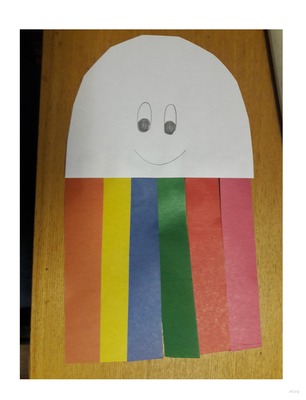
This is a lovely jellyfish but I was worried whether it would be appealing enough for my already craft-advanced kids. I needed something to spice things up although without any fireworks because my lessons are online at the moment and I could not ask my online parents to buy something extremely fancy. I have to admit that I spent the whole morning last Monday, teaching my C1 English and my financial English classes, fully devoted to the lesson in progress minus the 10% of the brain that was trying to come up with ways of making the jellyfish more exciting. Effectively, because I remembered the tinfoil in my drawer. Bingo.
This part of the lesson started with us going over the list of all the materials ready for the activity (white paper, glue, scissors, tinfoil, markers) by showing them to the camera.
First step was to draw a big circle on the A4 paper. I modelled, of course, but the kids were supposed to do it themselves, without any stencil. It can be done this way because even if the circle is not quite perfect, the jellyfish is going to be a success. Afterwards, we cut the circle. Afterwards we fold the circle in half and we draw a line on the fold. In the end, we cut the circle in half, along the line.
The next step was to draw the jellyfish face on one of the halves. We drew the eyes and the smile and then the kids decorated their in any way they wanted. Some jellyfish ended up being princesses. I made sure we put them away, on the side, to make sure that we don’t glue anything on it until it’s time.
Next, we took the roll of the tinfoil and we tore off a sheet. Afterwards I demonstrated how to tear it into strips. It can be done with scissors but I tried before the lesson and it didn’t work very well, actually. Tearing strips off is more fun and, more or less naturally, kids choose how thin or how thick the strips are.
We take the additional half-circle and put the glue all over the half and then arrange the strips along the edge. In the end, we put more glue on the back of the jellyfish princess’s face and we put one on top of the other. Stick and press.
The jellyfish can be hung in the window or anywhere in the sun to let it reflect the sunrays or in the doorway to let it float in the air. If you can permanent markers, the tentacles can be decorated (inspired by Our Beautifully Messy House). My friend Michael also had a nice idea for an adaptation (being in need of a jellyfish carft but with not tinfoil in sight). He prepared a very simple template of a jellyfish (imagine not a half-circle but a half-oval) that the kids can cut out and simply cut the bottom part into strips this way practising their scissors skills.
Finally, and traditionally, we talked a bit as our jellyfish and we sang the final song.
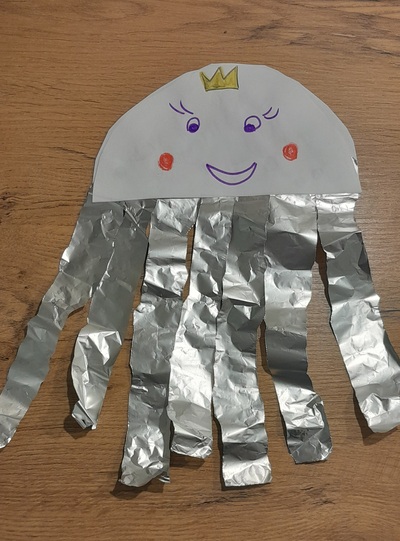
Happy teaching!







